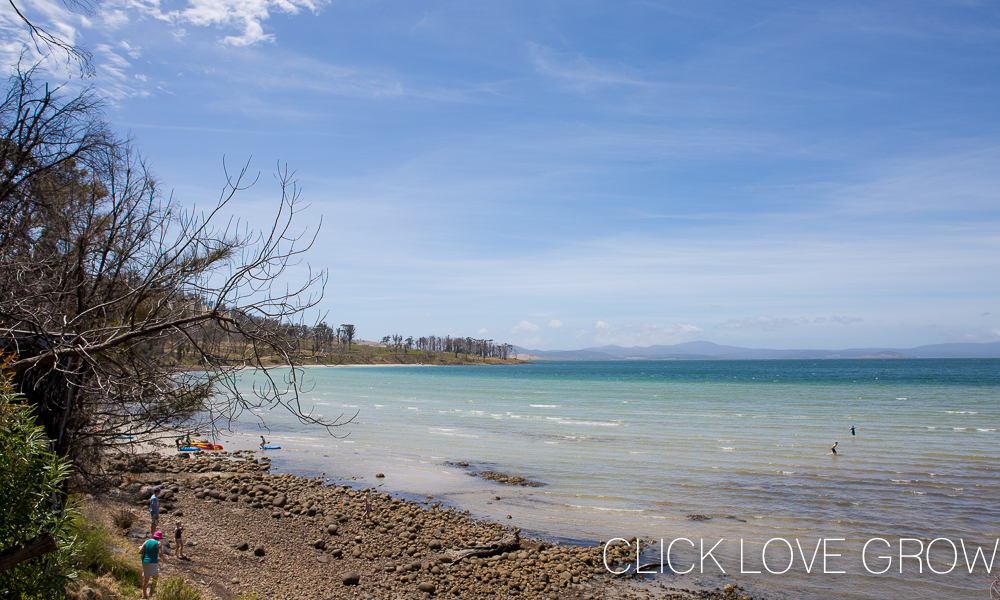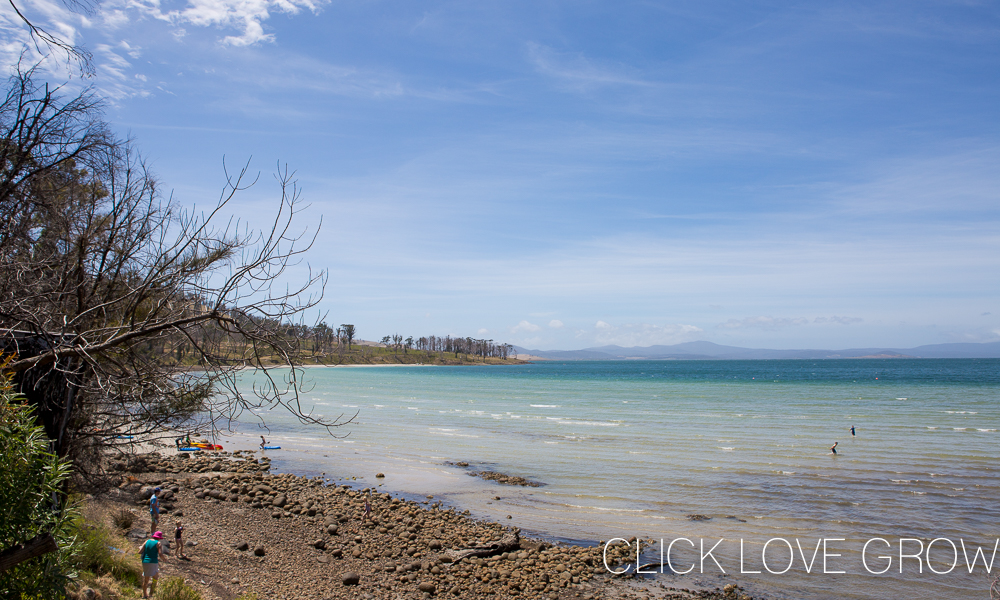ISO… it’s the mystery element of the exposure triangle. It’s confusing, you’re not sure what to do with it, and how it plays a role in helping you take great photos!
I’ve been there, ISO used to confuse me too… but as we’re just looking at the Exposure Triangle in our Photography Courses this week I thought it’d be great to have a look at ISO from the beginning… the 101 on what it’s all about!

So What Is ISO?
Our camera’s sensor uses the available light to create an exposure (our image), and ISO is a measure of the sensor’s sensitivity to that light. The higher the ISO value we set on our camera when we take a shot, the more the sensor can make of the light. However it comes at a cost. As you push your ISO higher and higher, more and more grain becomes evident in the shot, and at very high ISO settings you might also begin to notice a loss of sharpness.
The level of graininess and loss of sharpness will vary from camera to camera. A camera’s sensor is the most complicated and important element of our cameras, so it makes sense that the more expensive higher end cameras will have better sensors, that cope more effectively with higher ISO’s, than the cheaper, entry level and enthusiast models.
What Do The Numbers Mean?
Most cameras start at ISO 100 or 200, doubling from there incrementally. Full ISO stops are:
100 200 400 800 1600 3200 6400 and so on.
Each increment doubles the sensitivity of the sensor to the light. ie. Your sensor will be twice as sensitive to the light at ISO 200 as it is at ISO 100.
You might notice your camera will also have numbers in between. These are one third stops.
100 125 160 200 250 320 400 and so on
Each of these increments increases the sensitivity of the sensor to the light by one third more than the setting before.
When To Use It?
As part of the exposure triangle, ISO is essential in helping us capture the available light to make an exposure. But due to its effect on the image, we should always turn to ISO as our last resort.
When I shoot, depending on the effect I’m after, Aperture or Shutter Speed is always going to be my first priority, and the other of the two will be my next. For example, if I want a very shallow depth of field, aperture will be my first priority. Then taking into account the lighting situation, I’ll select a shutter speed that freezes any motion in the scene including camera shake, and hopefully achieves perfect exposure with a very minimum ISO setting. Alternatively, if I wanted to shoot a fast moving subject, my first priority will be my shutter speed in order that I can freeze that motion, then again taking into account the lighting, my second priority will be my aperture, and then ISO. If however I don’t have enough light to get perfect exposure with my preferred Aperture and Shutter Speed settings, only then will I begin to increase my ISO until I gain perfect exposure. If I needed to push my ISO beyond what I know my camera is capable of coping well with, I might then opt to compromise the look I’m after and adjust aperture or shutter speed to gain more light instead.
It’s a balancing act!
But you can read more about balancing grain in high ISOs with our post here – Better Results at High ISO


Be the first to comment